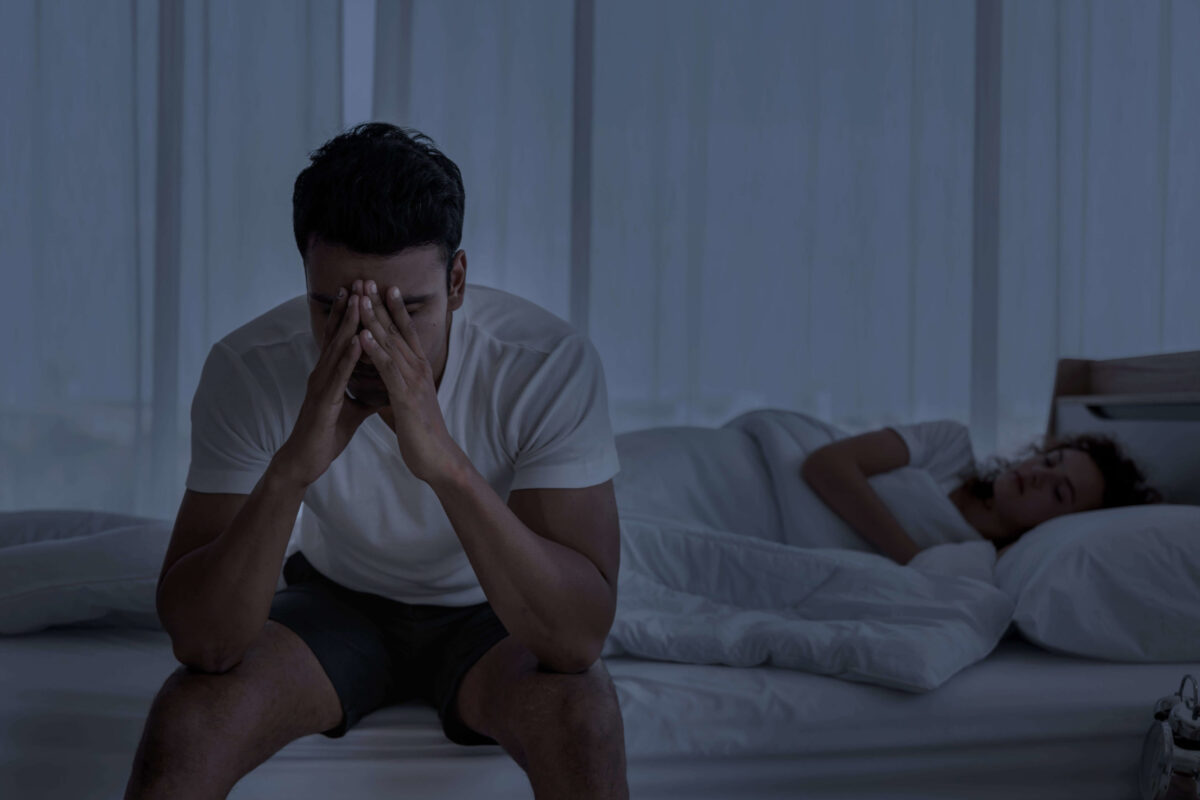Insomnia is a prevalent sleep disorder that affects millions of people worldwide. Despite its widespread nature, many misconceptions surround insomnia, leading to confusion about its causes, effects, and treatment. In this article, we’ll debunk some of the most common myths about insomnia, providing clarity on what’s true and what’s not.
Myth 1: Insomnia is Just a Result of Stress
The Reality:
While stress is a significant factor that can contribute to treat insomnia, it is not the sole cause. Insomnia can be caused by various factors, including medical conditions, medications, lifestyle choices, and psychological issues. Chronic pain, hormonal changes, and certain health conditions like asthma or diabetes can disrupt sleep patterns. Thus, while stress management is crucial for improving sleep, it’s essential to consider a holistic approach that examines all potential contributors.
Myth 2: You Can Catch Up on Sleep During the Weekend
The Reality:
While it’s true that people may attempt to recover lost sleep over the weekend, this practice often doesn’t fully compensate for sleep deprivation. Regularly staying up late and sleeping in can disrupt the body’s circadian rhythm, making it harder to establish a consistent sleep schedule. Sleep is most restorative when it occurs in a regular pattern, so aiming for consistent sleep times throughout the week is far more beneficial than attempting to catch up.
Myth 3: Insomnia Only Affects Adults
The Reality:
Insomnia can affect individuals of all ages, including children and adolescents. In fact, many young people experience sleep disturbances due to factors like academic pressures, social media, and mental health issues. Addressing insomnia in children is crucial, as poor sleep can impact their mood, behavior, and cognitive functioning. Recognizing insomnia as a concern for all age groups helps in promoting better sleep hygiene across the lifespan.
Myth 4: If You Can’t Sleep, You Should Just Stay in Bed
The Reality:
Staying in bed when you can’t sleep may seem like a logical choice, but it can actually reinforce insomnia. When individuals lie awake in bed, they may become anxious about not sleeping, which can create a negative feedback loop. Instead, experts often recommend getting out of bed and engaging in a relaxing activity until you feel sleepy again. This approach helps re-associate the bed with sleep rather than wakefulness.
Myth 5: Alcohol Helps You Sleep Better
The Reality:
Many believe that alcohol can help induce sleep, but this is misleading. While alcohol may initially make you feel drowsy, it can disrupt sleep later in the night, leading to fragmented and poorer-quality sleep. Additionally, alcohol can exacerbate sleep apnea and other breathing issues during sleep. It’s advisable to limit alcohol intake, especially in the hours leading up to bedtime.
Myth 6: Sleeping Pills are the Best Solution for Insomnia
The Reality:
While sleeping pills can provide temporary relief for insomnia, they are not a long-term solution. Many sleep medications can lead to dependence and may not address the underlying causes of insomnia. Moreover, these medications can come with side effects and may interfere with natural sleep cycles. Cognitive Behavioral Therapy for Insomnia (CBT-I) is often recommended as a more effective, sustainable approach, focusing on changing thoughts and behaviors related to sleep.
Myth 7: Napping is Bad for Insomnia
The Reality:
Napping isn’t inherently bad for those with insomnia; it can actually be beneficial if done correctly. Short naps of 20-30 minutes can provide a refreshing boost without interfering with nighttime sleep. However, longer or late-afternoon naps can disrupt your ability to fall asleep at night. If you struggle with insomnia, consider limiting naps to the early afternoon and keeping them short to help maintain your sleep schedule.
Myth 8: You Need Eight Hours of Sleep Every Night
The Reality:
While the common recommendation is to aim for eight hours of sleep, individual sleep needs can vary significantly. Some people function well on seven hours, while others may require nine. Factors such as age, lifestyle, and overall health influence how much sleep a person needs. The focus should be on how you feel during the day; if you’re alert and functioning well, you may be getting the right amount of sleep for you.
Myth 9: Insomnia is a Normal Part of Aging
The Reality:
While sleep patterns can change with age, insomnia is not a normal part of aging. Older adults may experience changes in sleep architecture, such as lighter sleep or more frequent awakenings, but persistent insomnia should not be overlooked. It’s crucial for older adults to seek help if they experience chronic sleep disturbances, as good sleep is vital for physical health and cognitive function.
Myth 10: People with Insomnia Are Just Lazy
The Reality:
This myth is not only untrue but also harmful. Insomnia is a legitimate medical condition, and people who struggle with it often put significant effort into trying to sleep better. Judging someone with insomnia as lazy ignores the real challenges they face. Compassion and understanding are essential when addressing sleep disorders, as those affected are often battling their own frustrations and difficulties.
Conclusion
Understanding the truths and myths surrounding insomnia is crucial for those experiencing sleep difficulties and their loved ones. By debunking common misconceptions, we can foster a more informed perspective on sleep health. If you or someone you know is struggling with insomnia, consider seeking guidance from a healthcare professional who can provide tailored advice and treatment options. Sleep is vital for overall health, and addressing insomnia can lead to improved well-being and quality of life.
